We visited my wife's family in New Orleans, LA this past March. I brought my Yaschica 635 medium format camera along on the trip, and shot through a few roles of Ektar 100 and Kodak Gold 200, 120mm film.
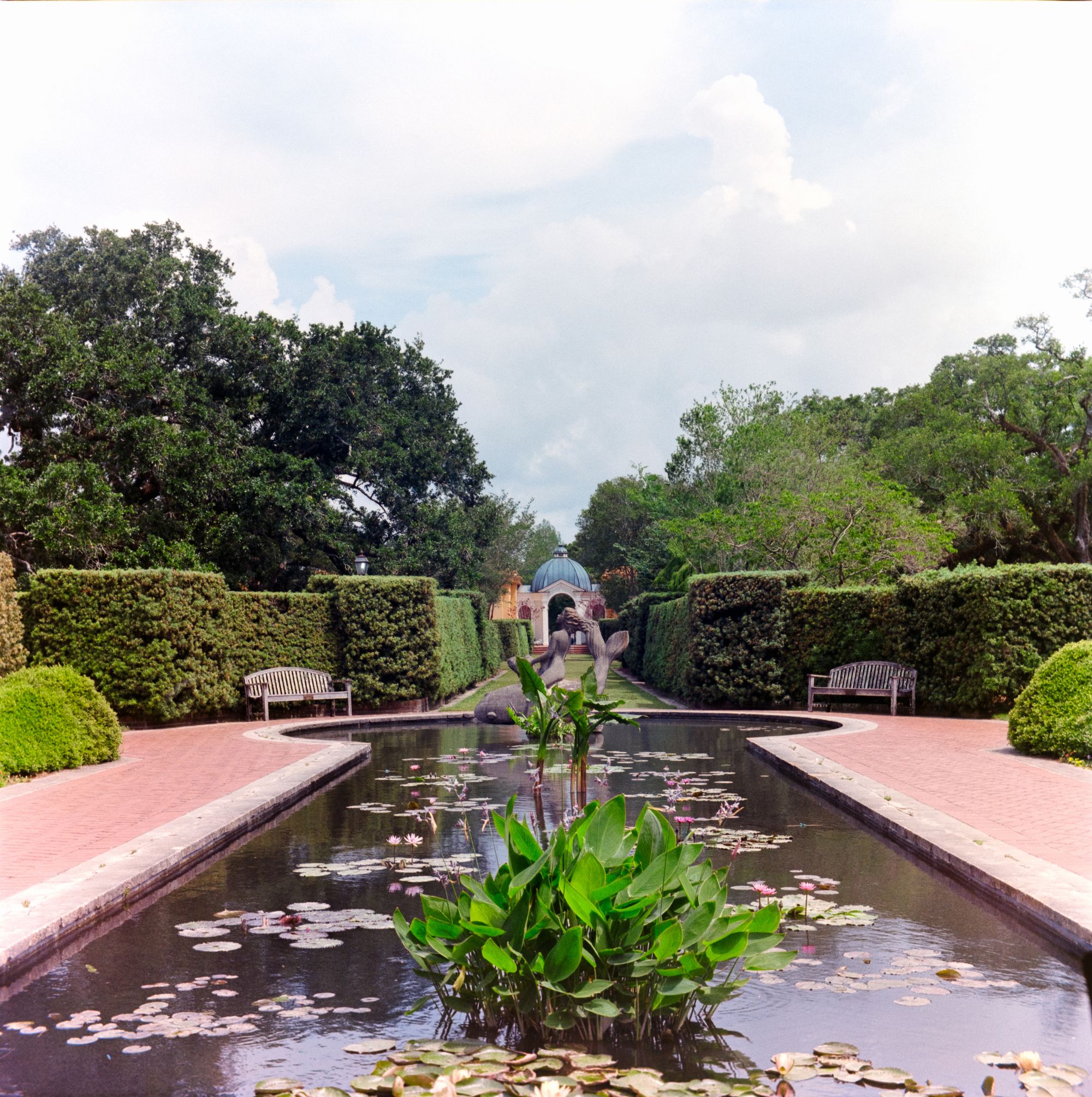

I do have have to disclose at the top of this post that while I usually post film images without any digital editing, I thought it would be a fun experiment to use Photoshop's new generative capabilities to help straighten the images, as well as remove undesired elements. For example, here is something you don't see that often:
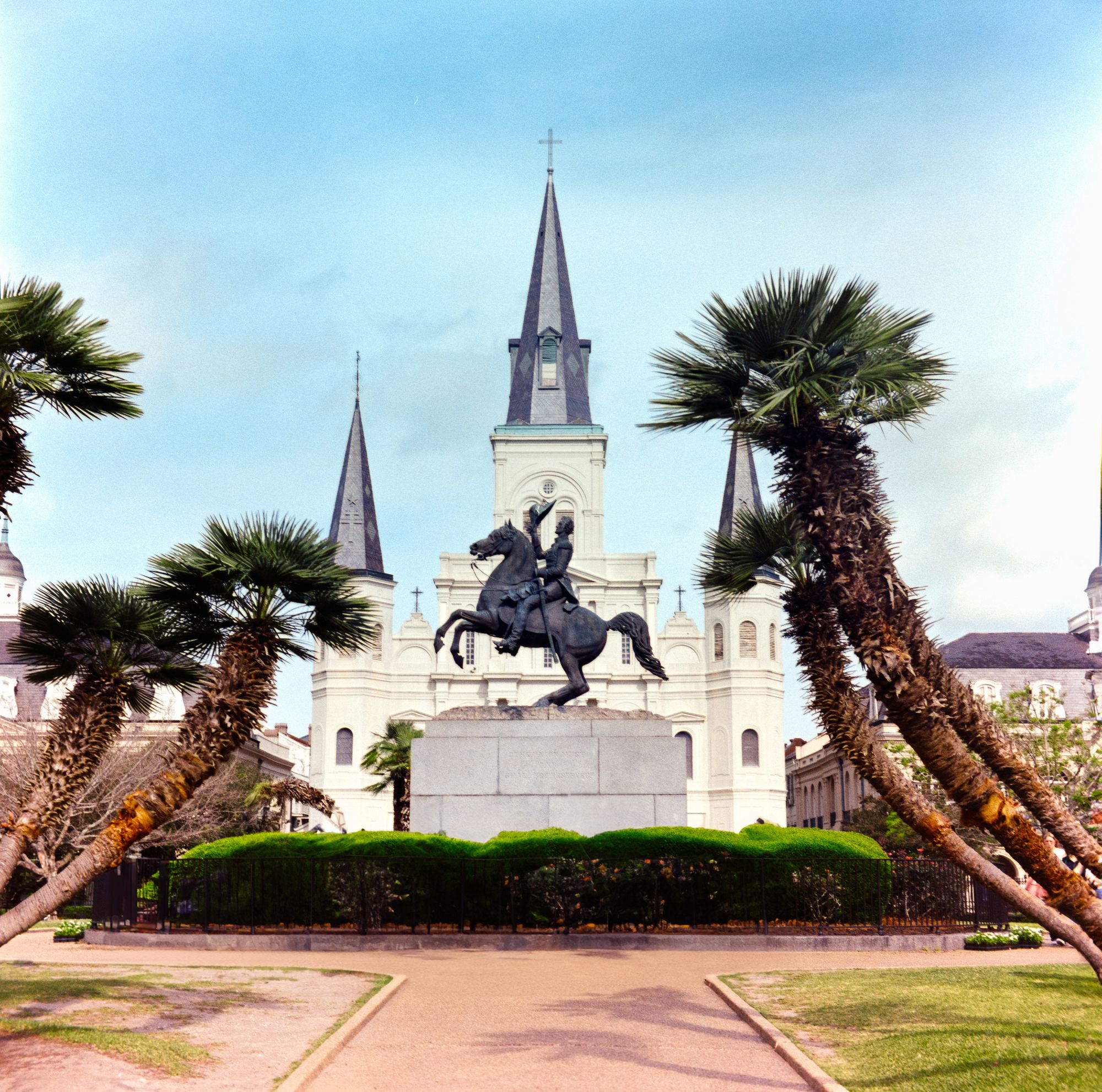
For those of you that have been to New Orleans, one thing you know for certain is that capturing images of Jackson Square without crowds of people in your photo is incredibly difficult. Doing so on film, is near impossible. However, with generative AI capabilities becoming ubiquitous in tools like Photoshop, we can now use some computer magic to assist with this vision of an empty plaza. Here's the original photo, if you're curious:
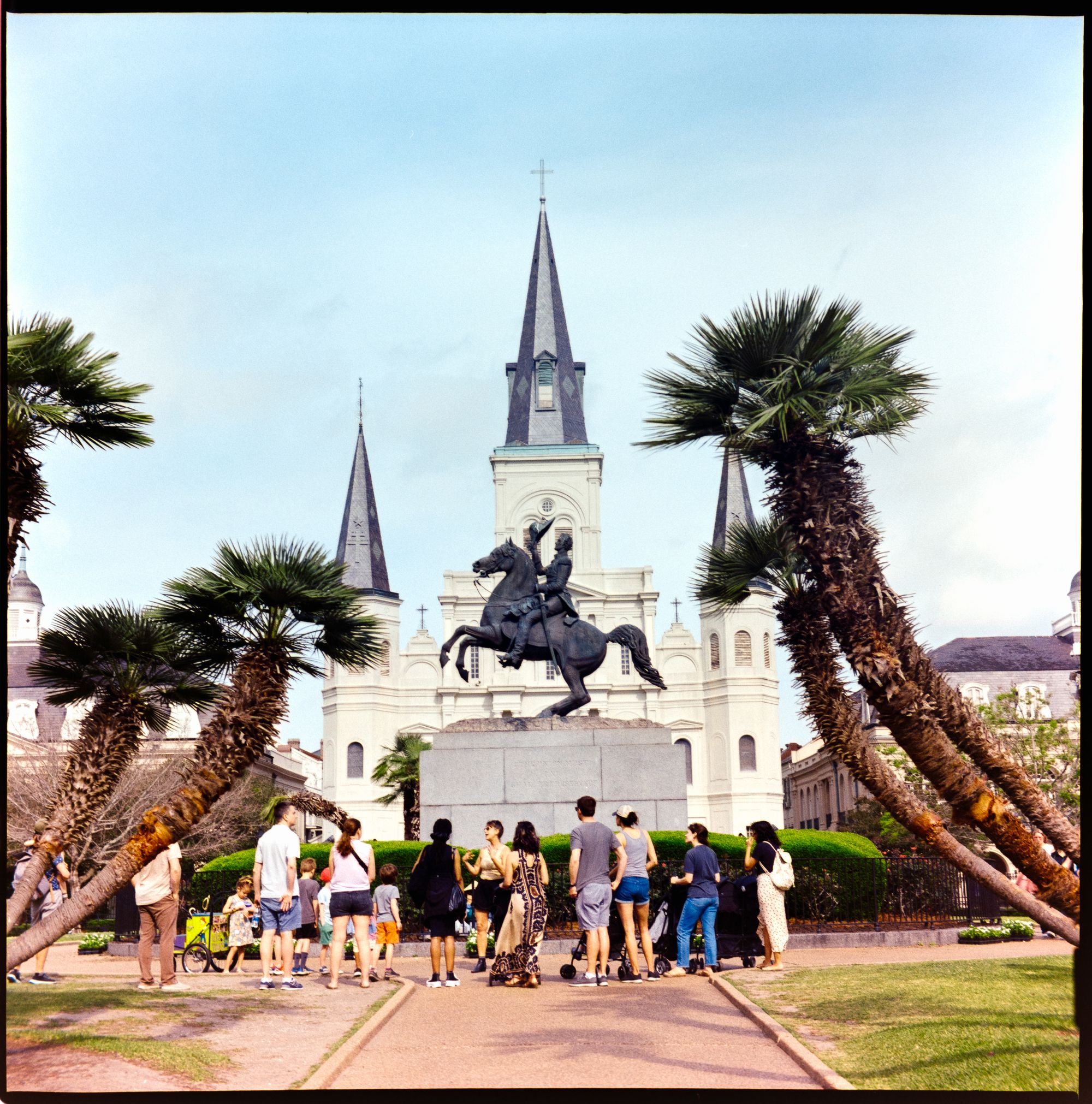
Pretty dramatic difference, and impressive content generation from Photoshop. It would have been incredibly difficult and time intensive to remove the crowd of people; if you consider what goes into it, to properly cut the people out, you'd need to generate the bushes and flowers behind, along with each rung of the fence. Something like this would have taken hours and likely looked incorrect. In the new generative AI world, you can draw a circle around the crowd and say, "replace", and get the result that you see in my edited photo.
Moving forward in this post, assume all of the photos have been touched up with generative AI in some way.
I challenge you to try and find where the edits are noticeable, and leave a comment with your thoughts!
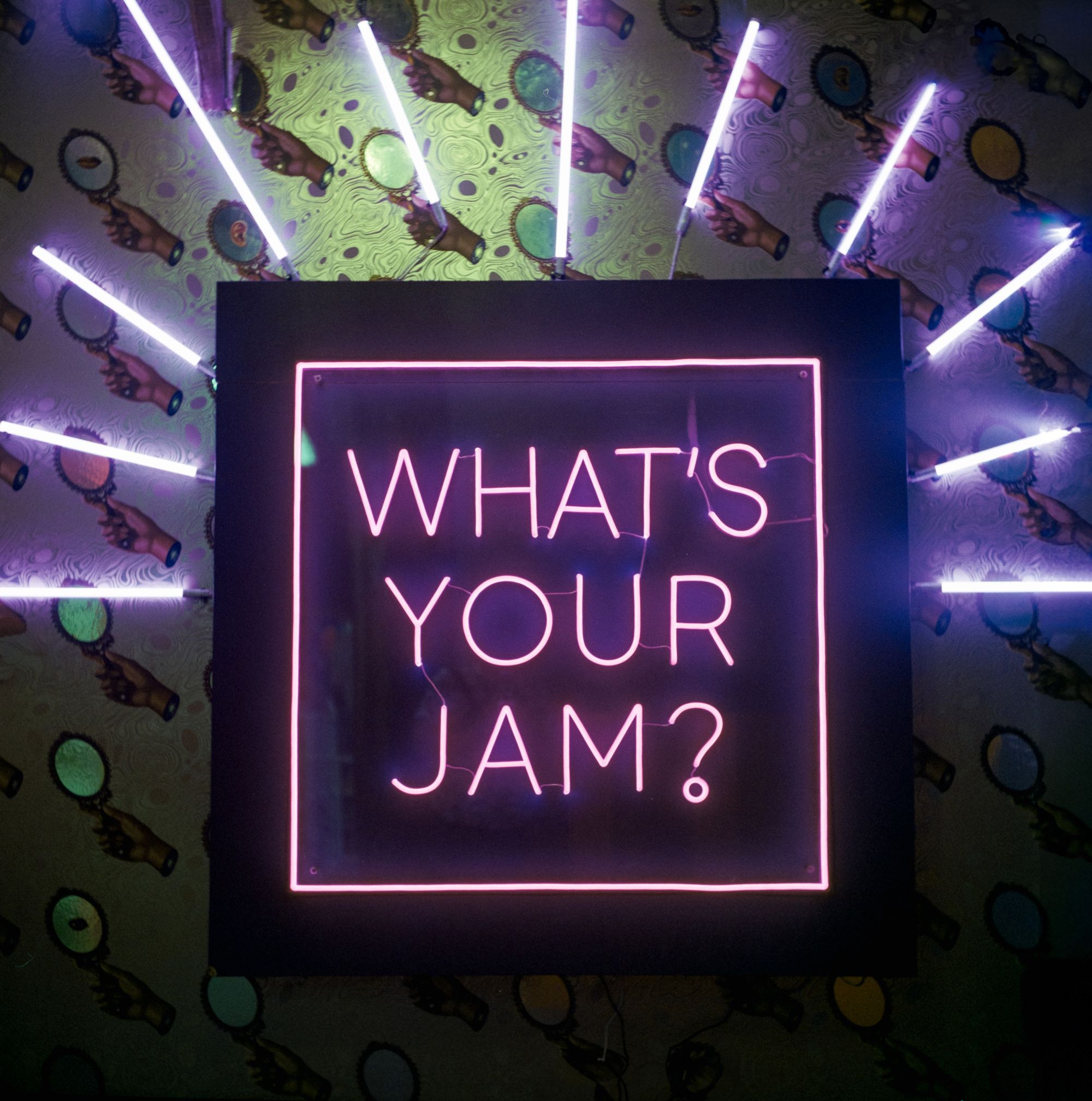
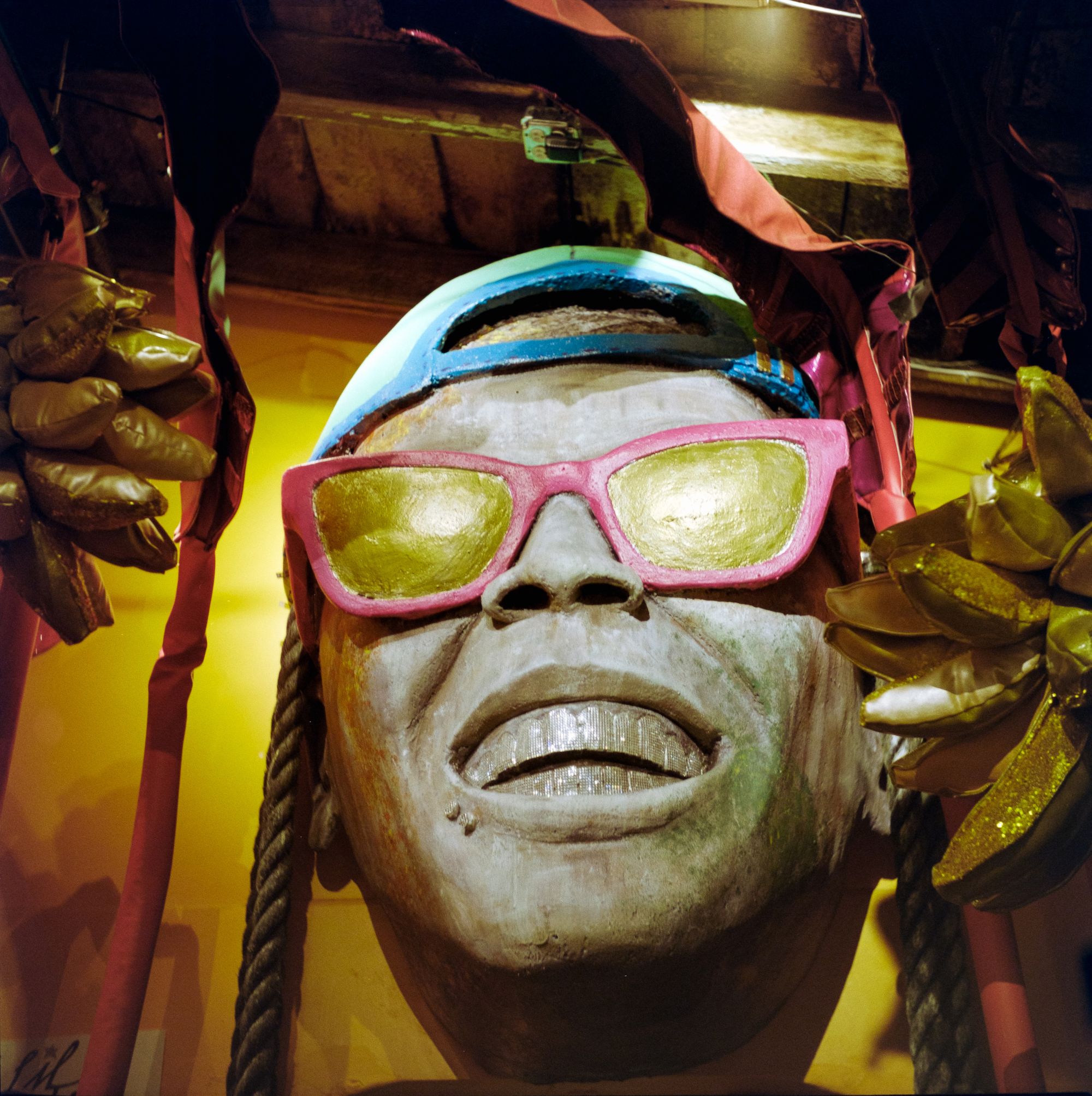
It's an interesting concept, digitally editing film. It kind of defeats the purpose of shooting analog film in the first place, no? Well, I'm undecided.
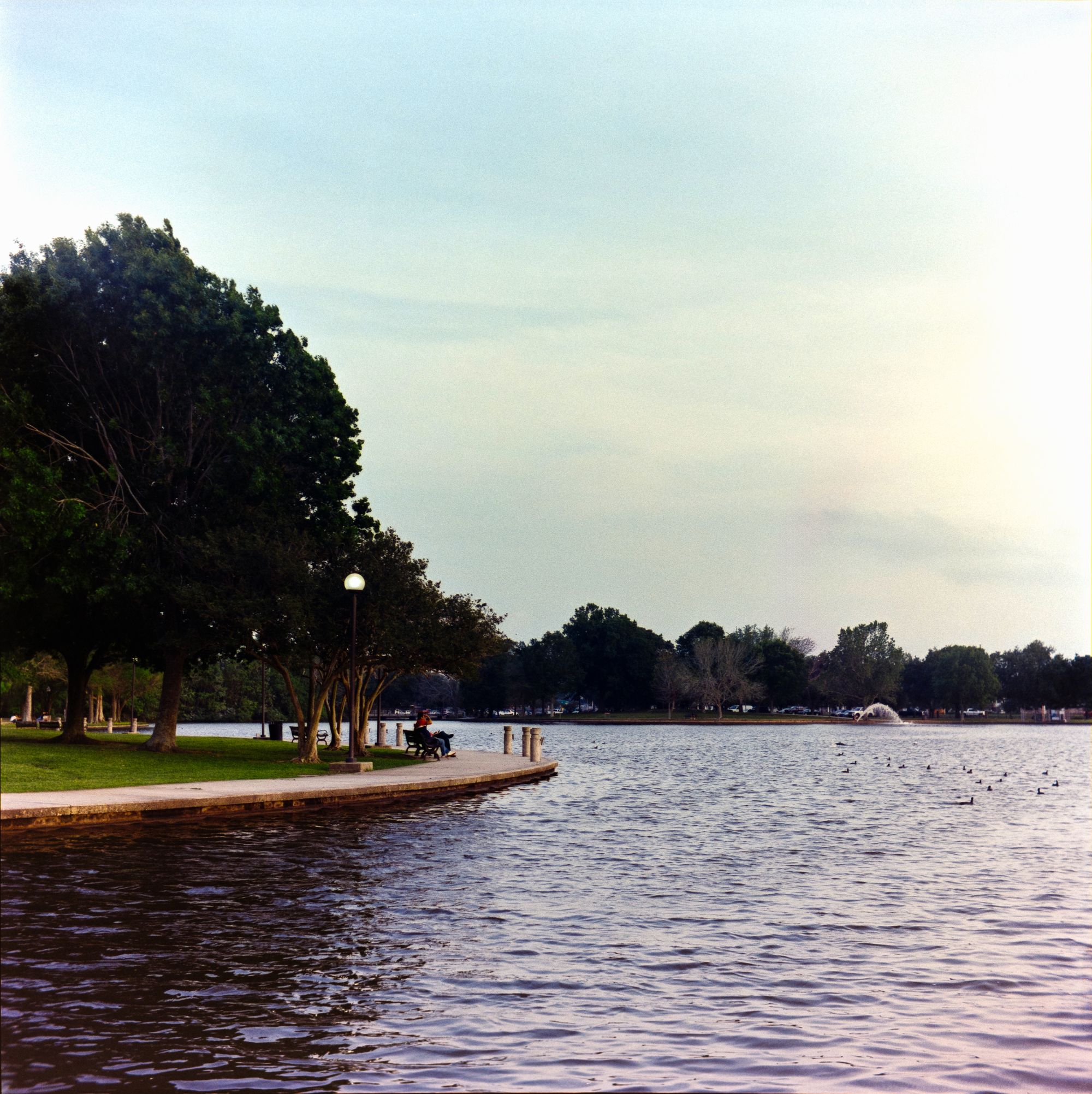
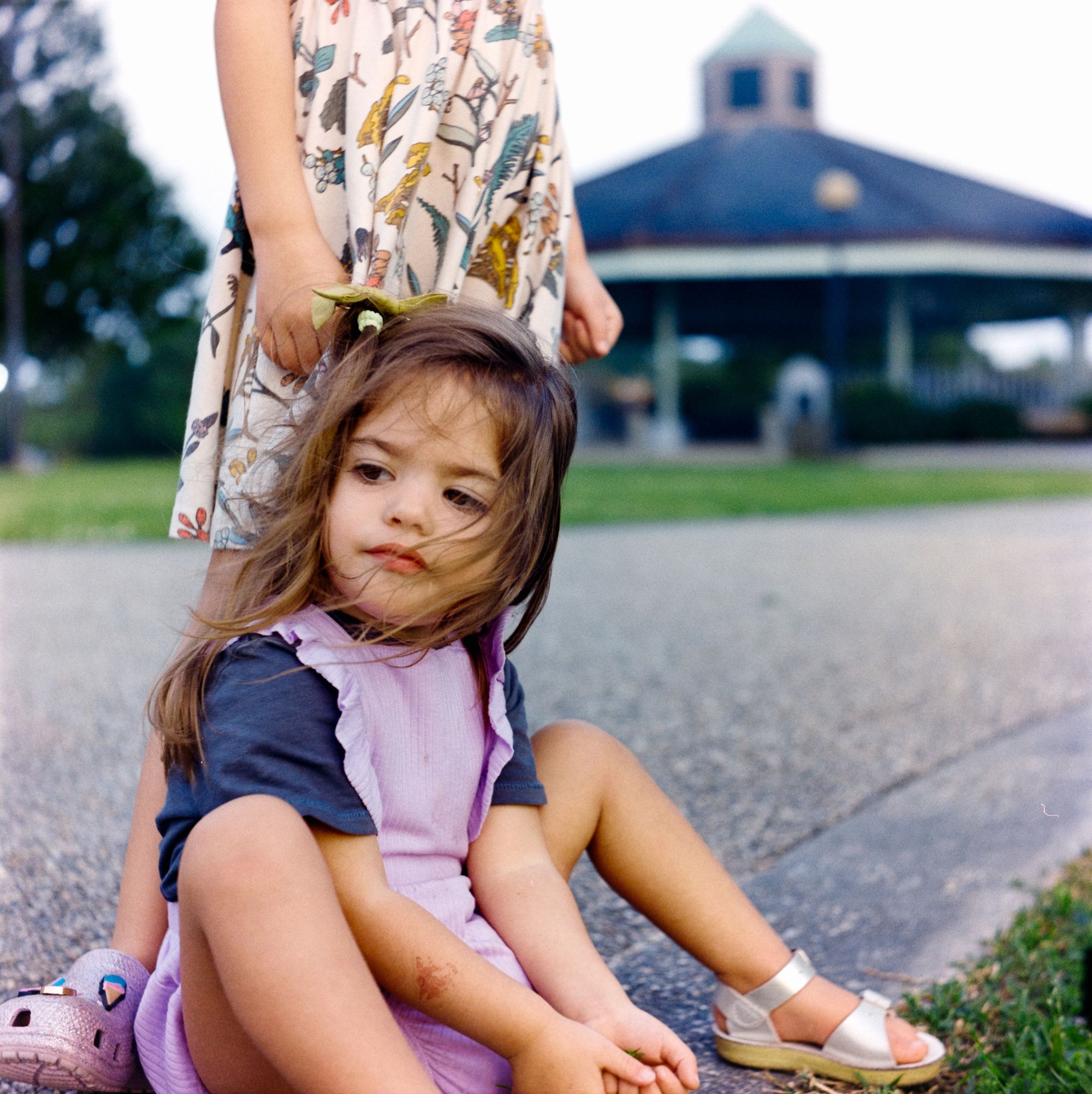
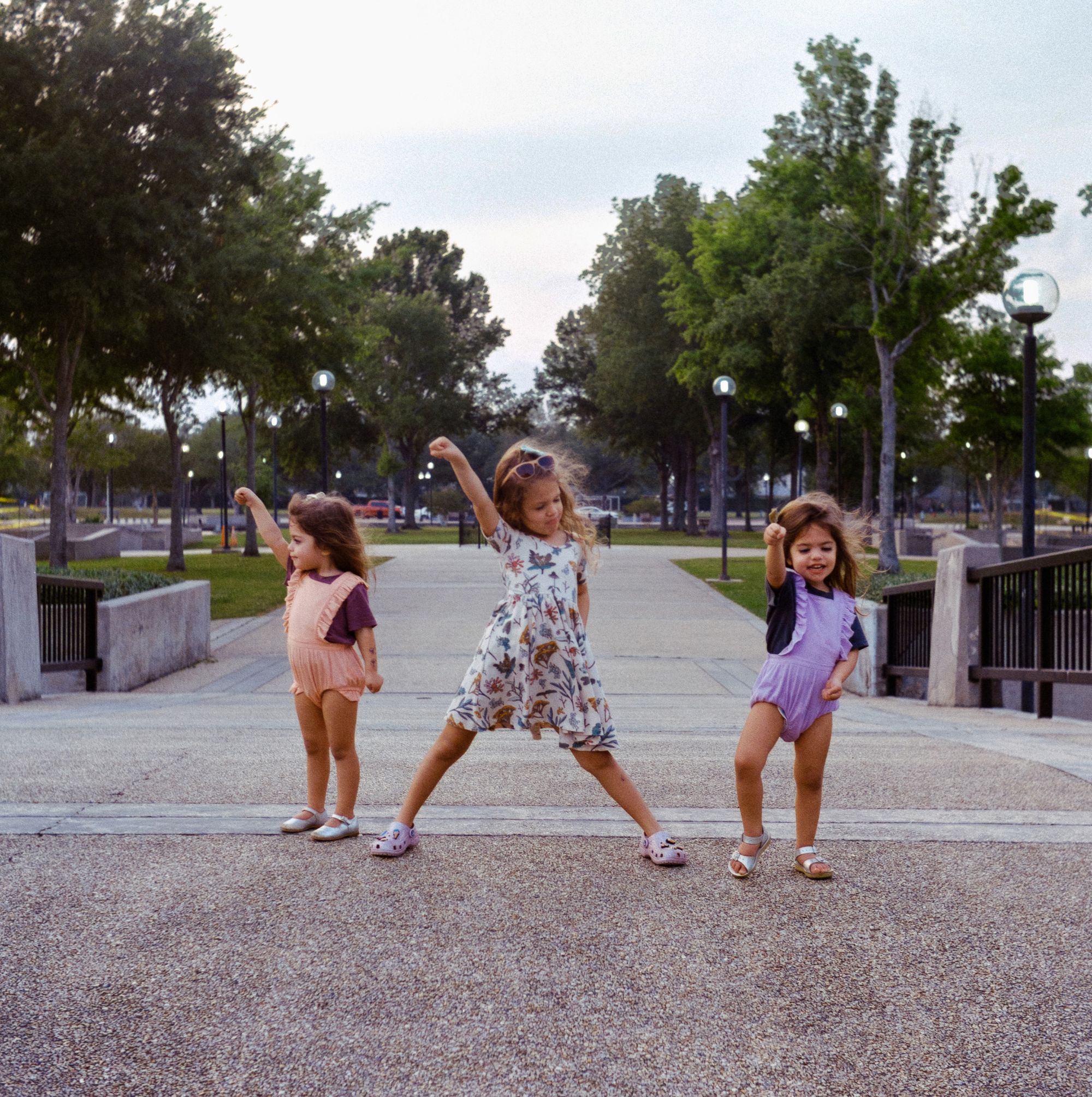
The edited photos are, in my opinion, unquestionably better than the originals. They are level, centered, and mostly free of items that were detracting from the image. On the other hand, when shooting in analog, there's something freeing about having the photo end the up the way that it did naturally. There's no additional time to be spent touching it up and making modifications after the film has been scanned. It's "real".
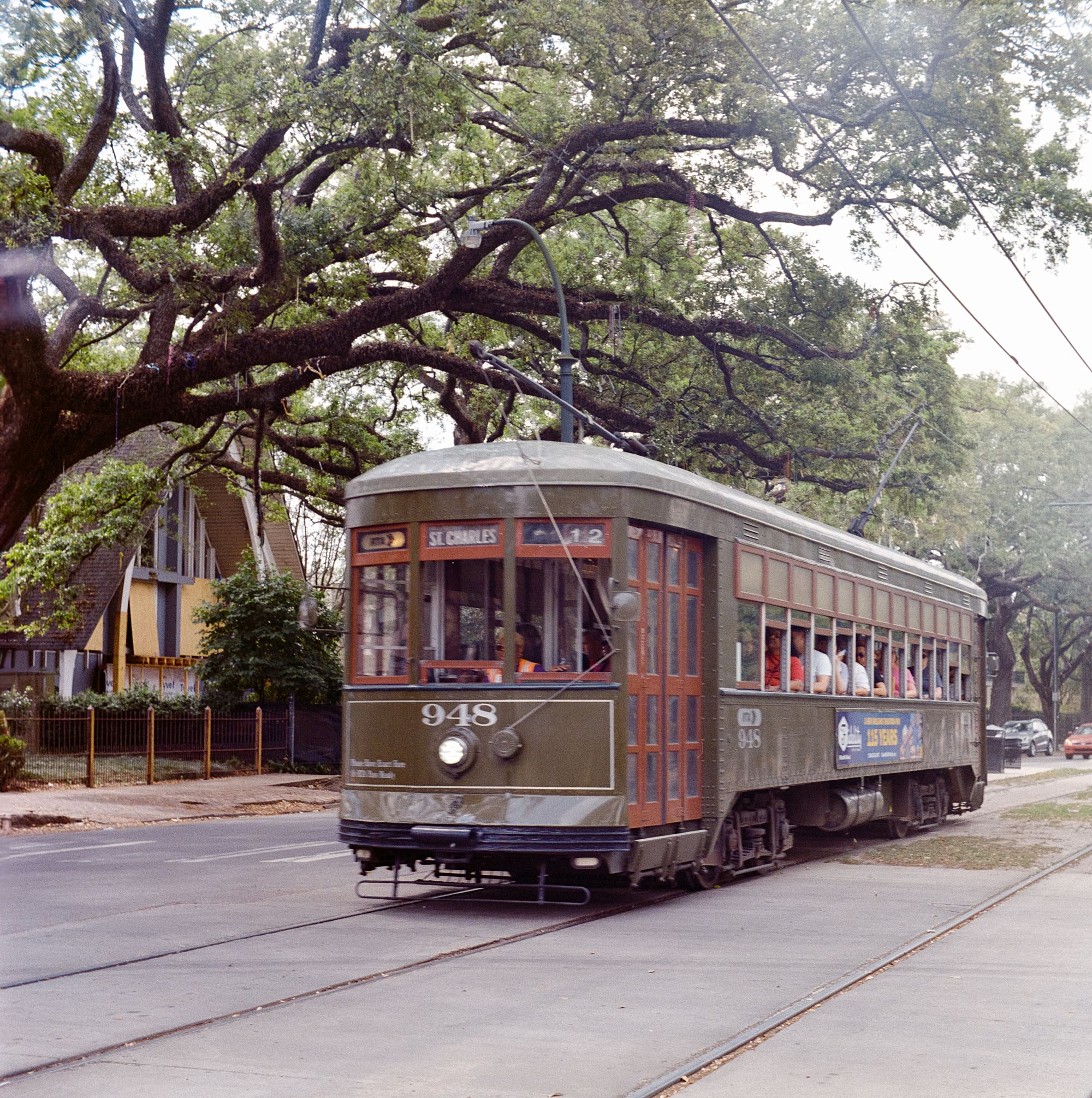
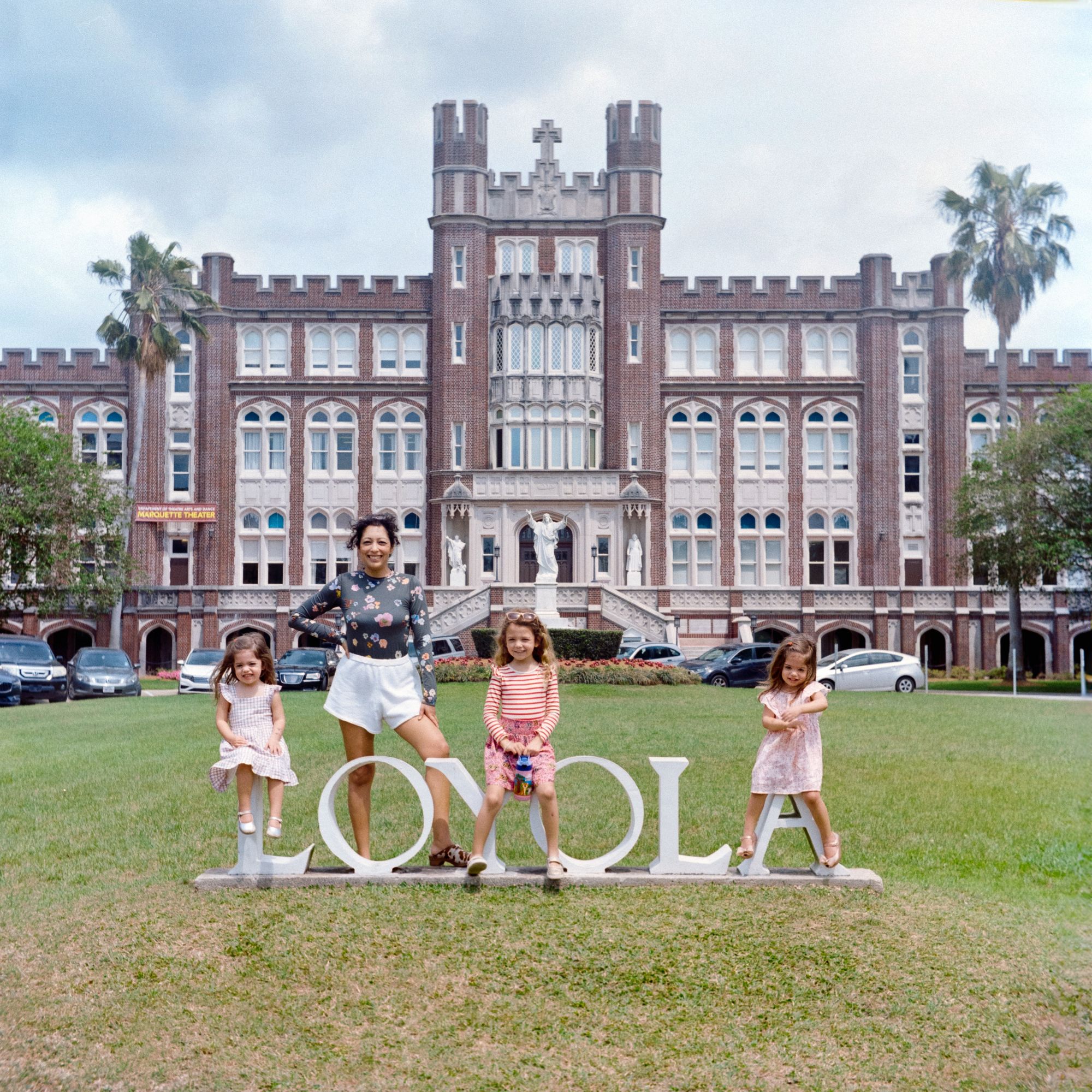
There's a temptation when shooting with a digital cameras to make tons of adjustments when reviewing the photos. For instance, a list of things that I typically do before posting photos includes:
- Editing exposure, contrast, and color
- Removing imperfections in people's skin and making them appear more flattering
- Isolating various sections of the photo (sky, foreground, etc) and adjusting settings in specific areas
- Removing things that I don't want in the photo.
I've gotten pretty fast these steps over the years, but it is still a time consuming process to go through hundreds of photos, make selections, and then to edit dozens of them for a post.
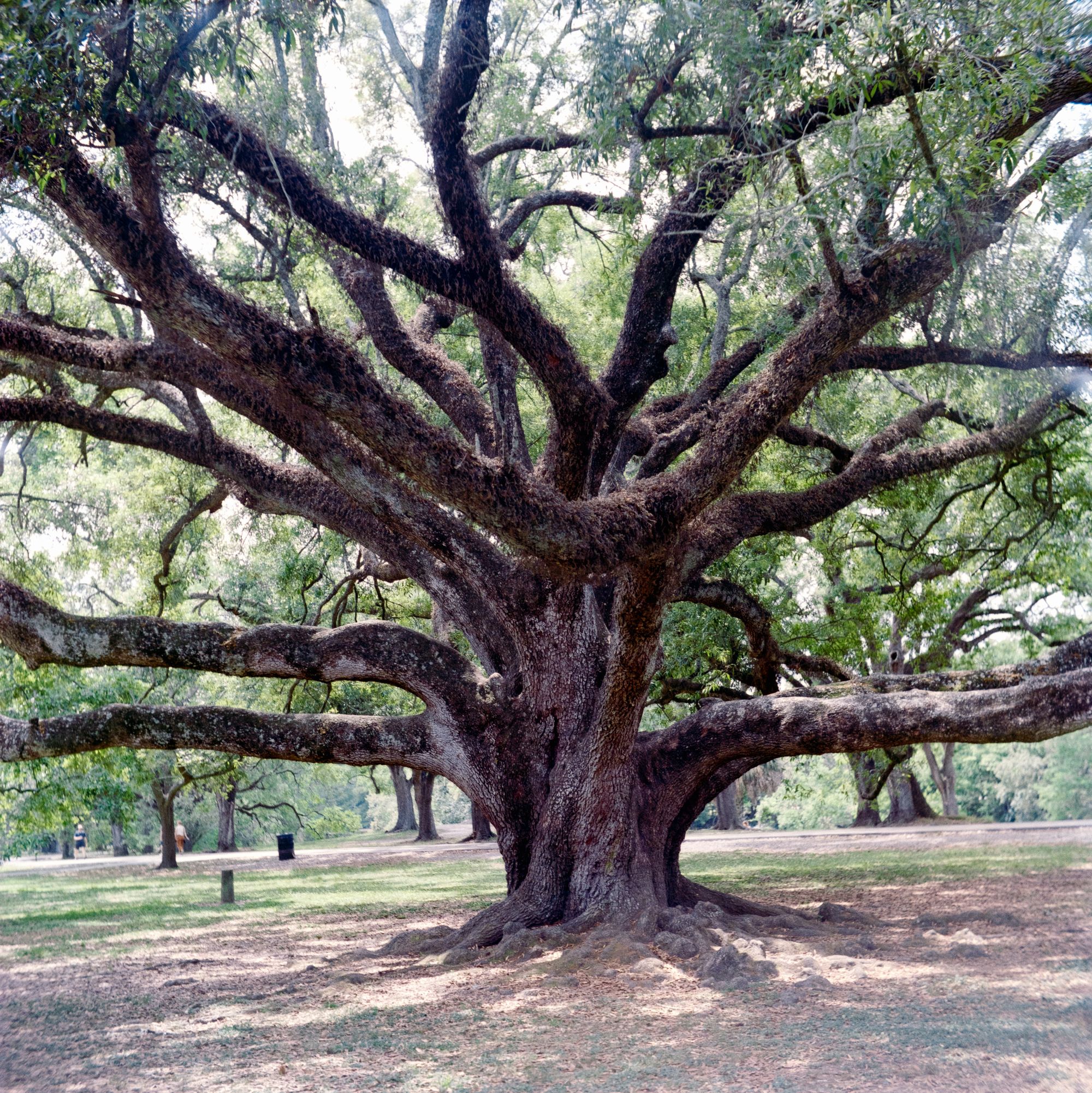
There's something nice about scanning a roll of film and being done with the process - though, I'm sure that people who actually take the next step of creating physical prints of their work would probably laugh at that statement. Undoubtedly, there is a lot more work that can be done once the developed roll of film is in hand, though I'm not quite at that level with my photography game just yet.
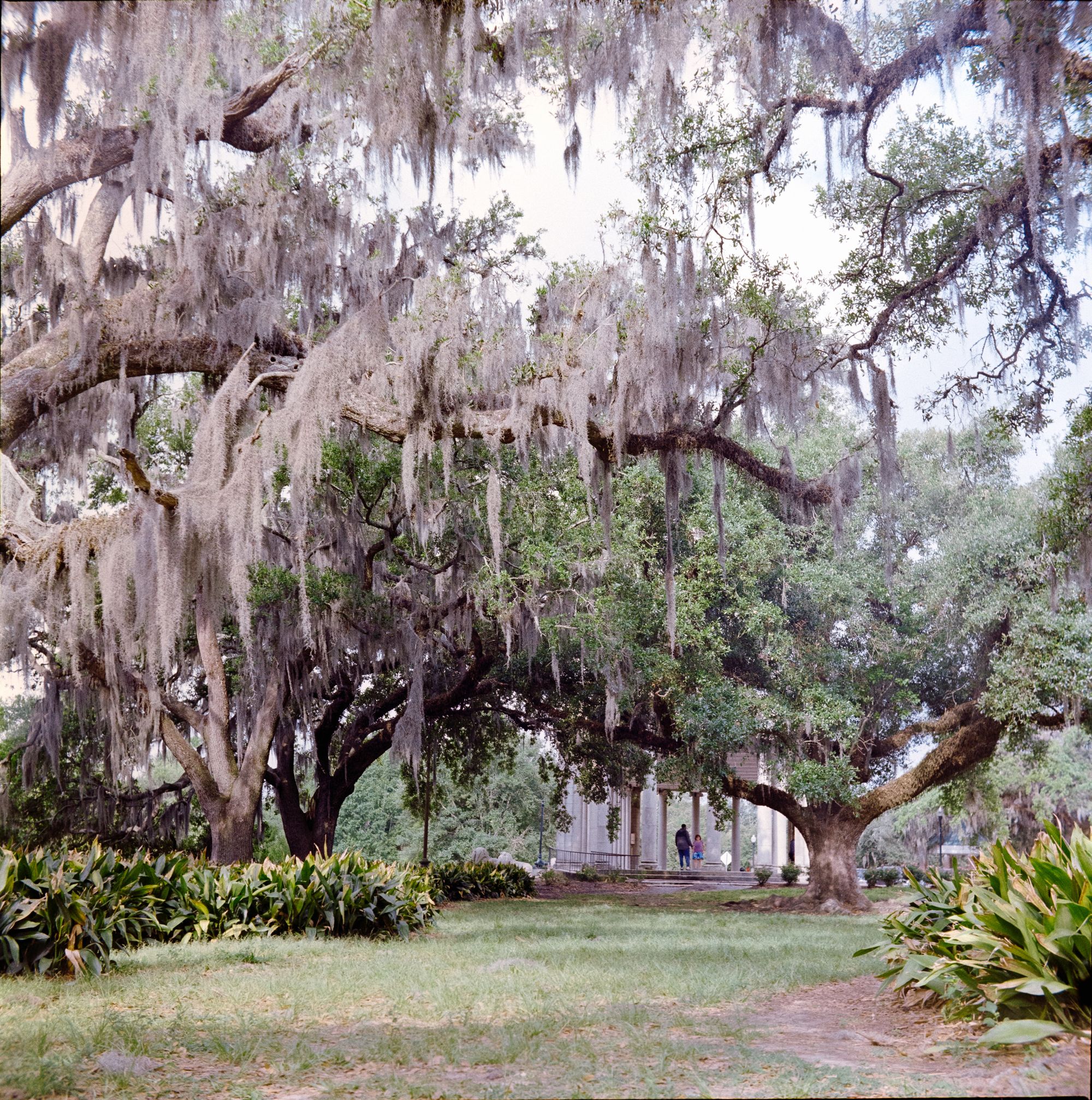
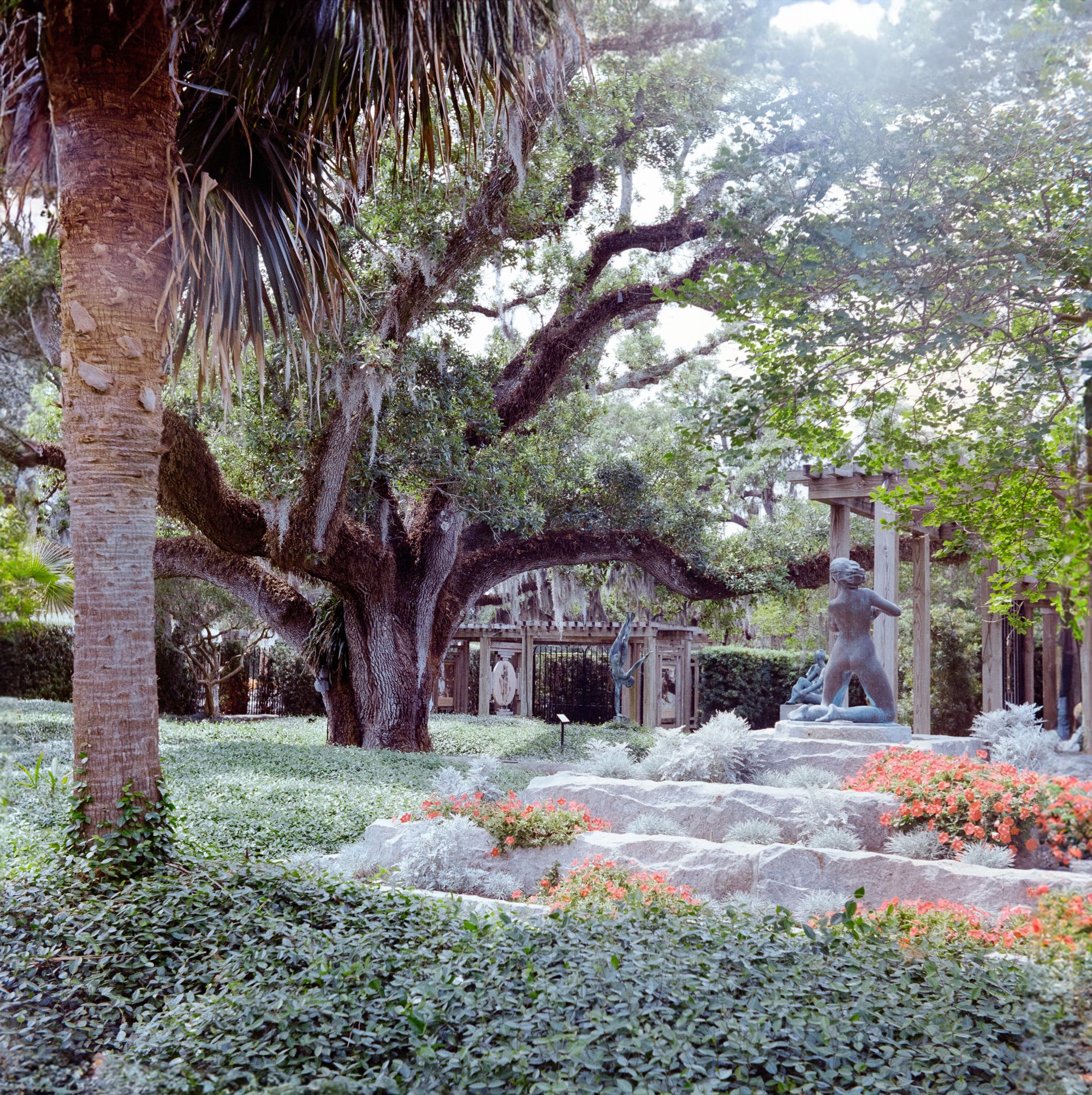
What I do like about pairing the old analog technology with the new generative AI technology is that the artistic effect that the film naturally imposes on the image is not lost.
If I hadn't admitted that these were digitally modified, most people would not have noticed.
The result is an improved image, closer to what I had envisioned when I was snapping the shot, complete with all the imperfections that film typically has.
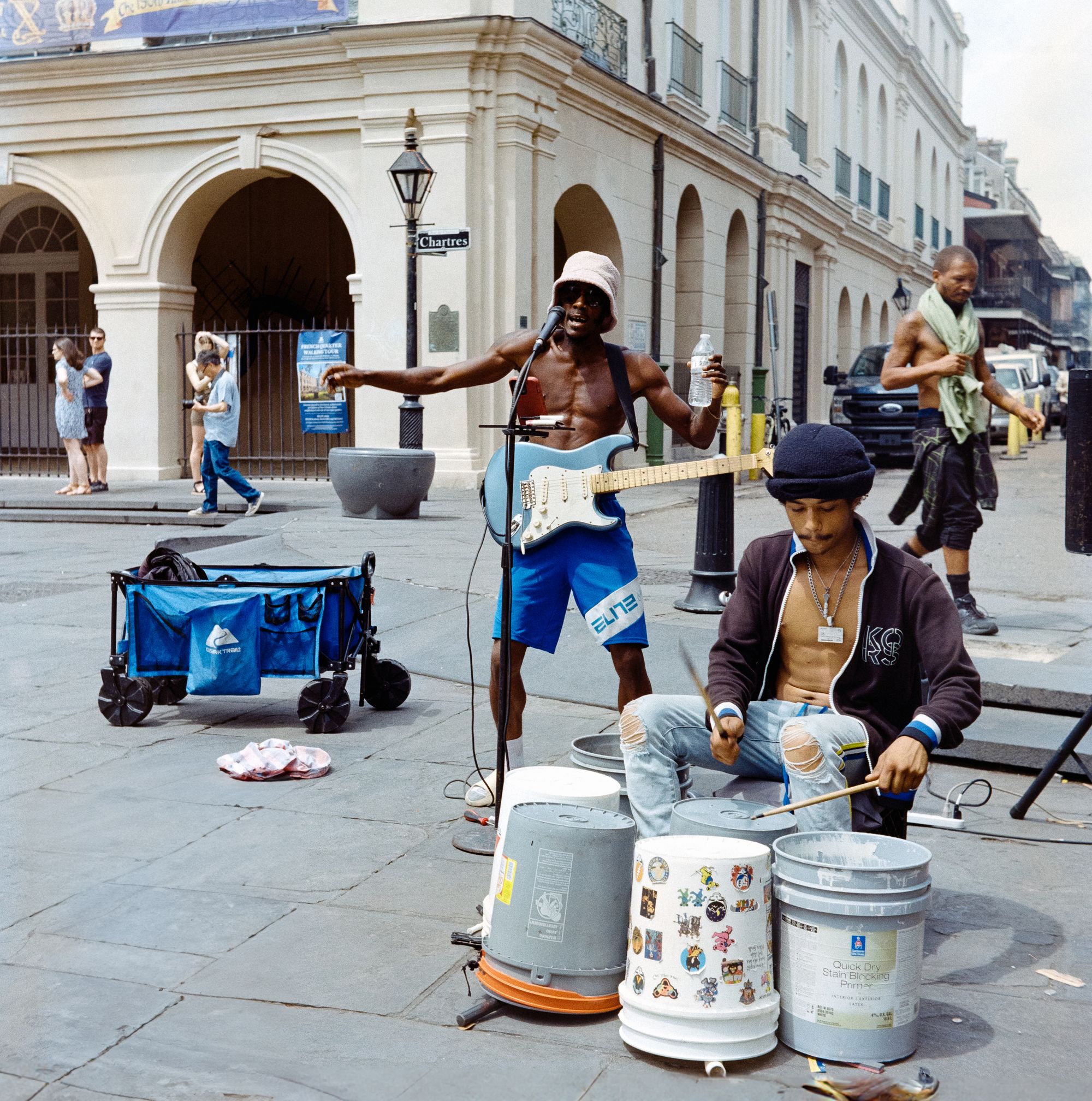
Generative AI is another item in the tool chest for creators at the end of the day. I'm not fundamentally opposed to people using it in their process, and think that it is a good thing, in fact. I will concede, however, that it will be near impossible to determine what is real and what is fake moving forward. You don't even need a camera to create images any more. You can type queries into a prompt, and edit the resulting output to produce a weird mish-mash of computer generated images, and pass it off as your own photography.
Film should be the space that is still safe from all of this "impure" image creation, but it is clearly not anymore.
The only proof that somebody would have that an image is genuine at this point is to actually look at the original negative of the developed image... though, perhaps, there's nothing stopping somebody of taking a film photograph of an image that they generated with a computer and passing that off as an original. I suppose the only thing to do is enjoy producing and consuming images the way that you prefer, and to not worry what everybody else thinks. Hard thing to do, in a world of social media, likes, and the need for validation... but that's partly why I have my own blog that I'm assuming nobody reads. I'm yelling into the wind while reflecting on my own travels and experiences in photography, devoid of waiting on likes and engagement from people I don't know on the internet. There's nobody to complain about mixing generative AI and analog photography but myself :)
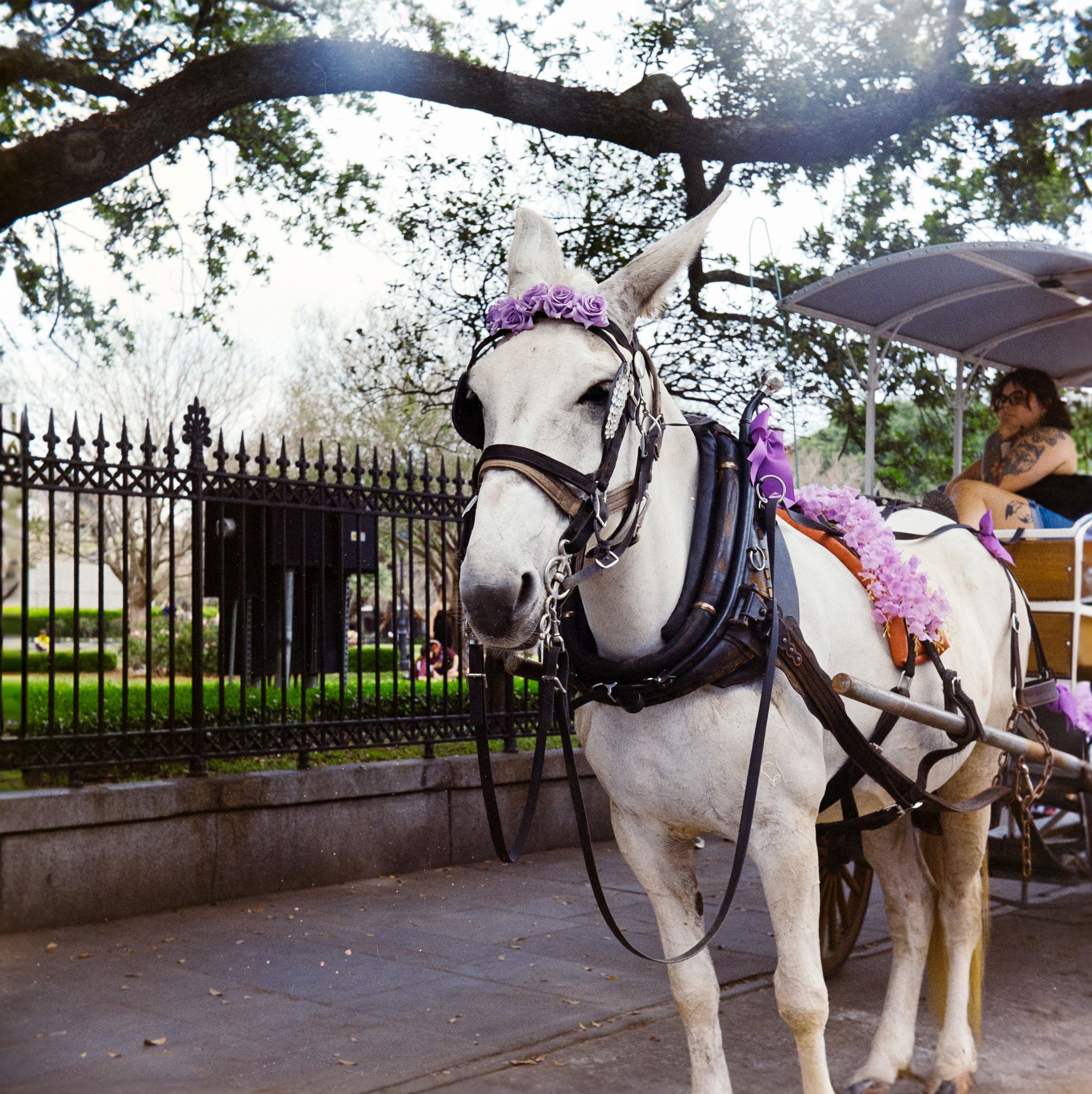
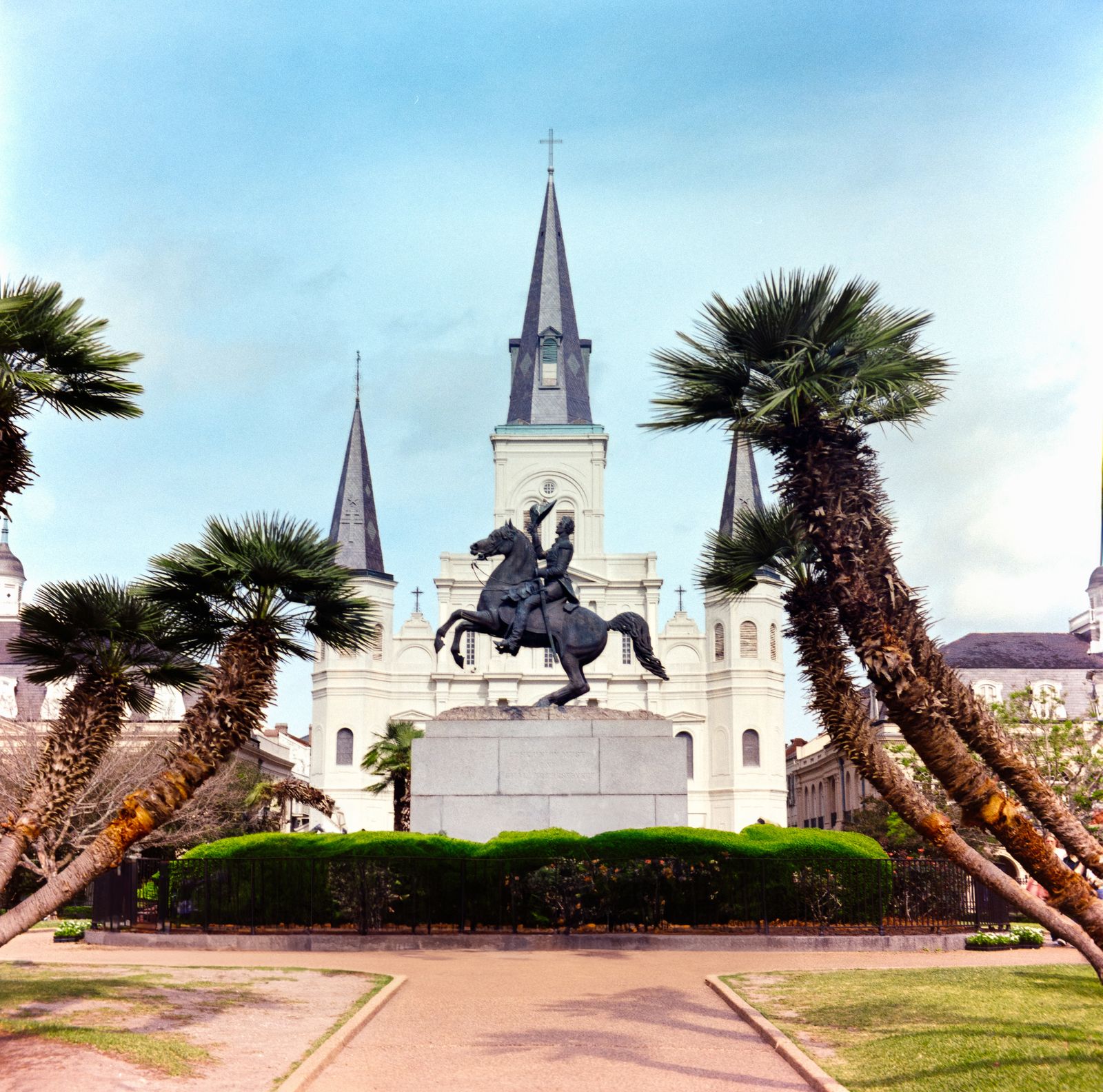
Member discussion